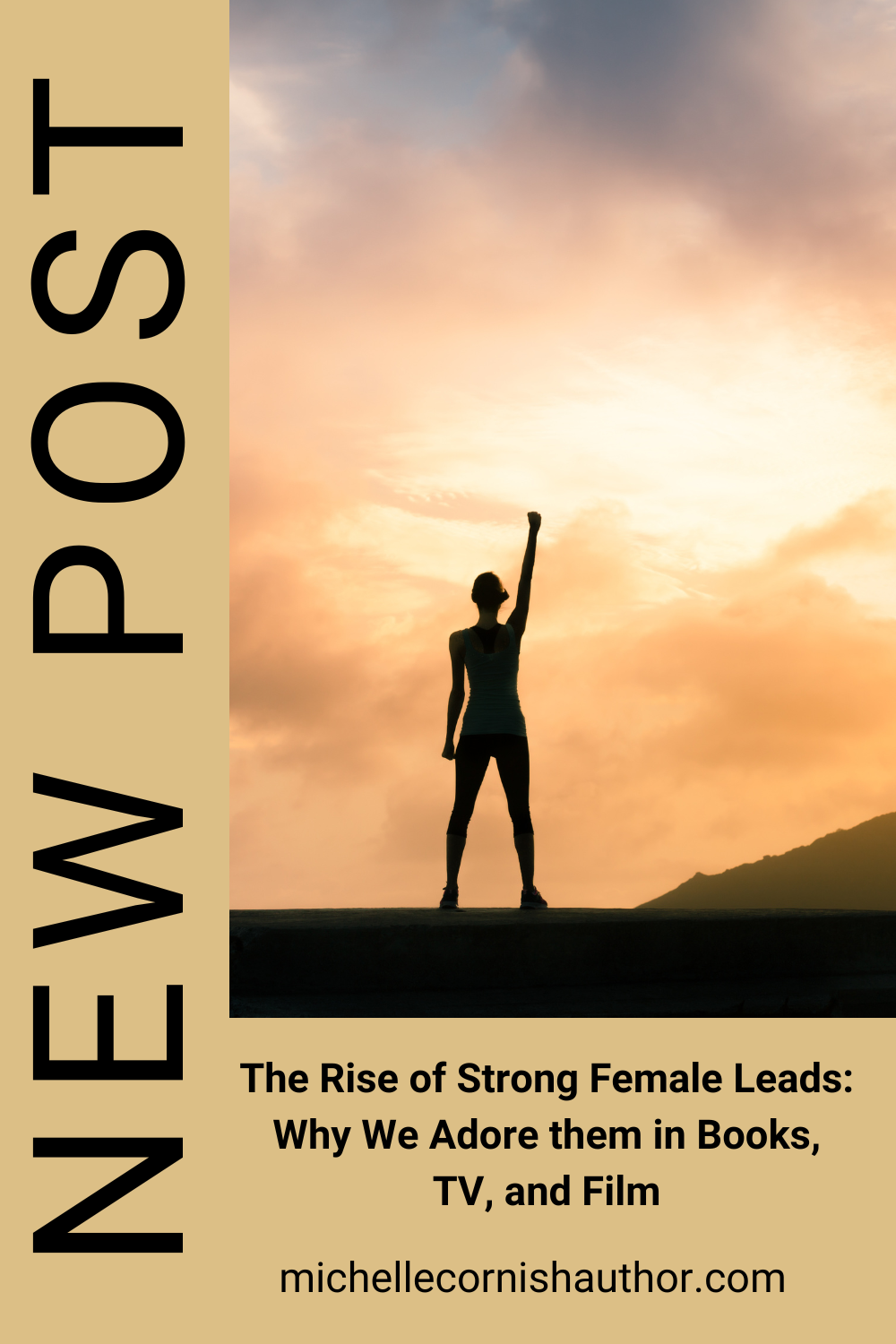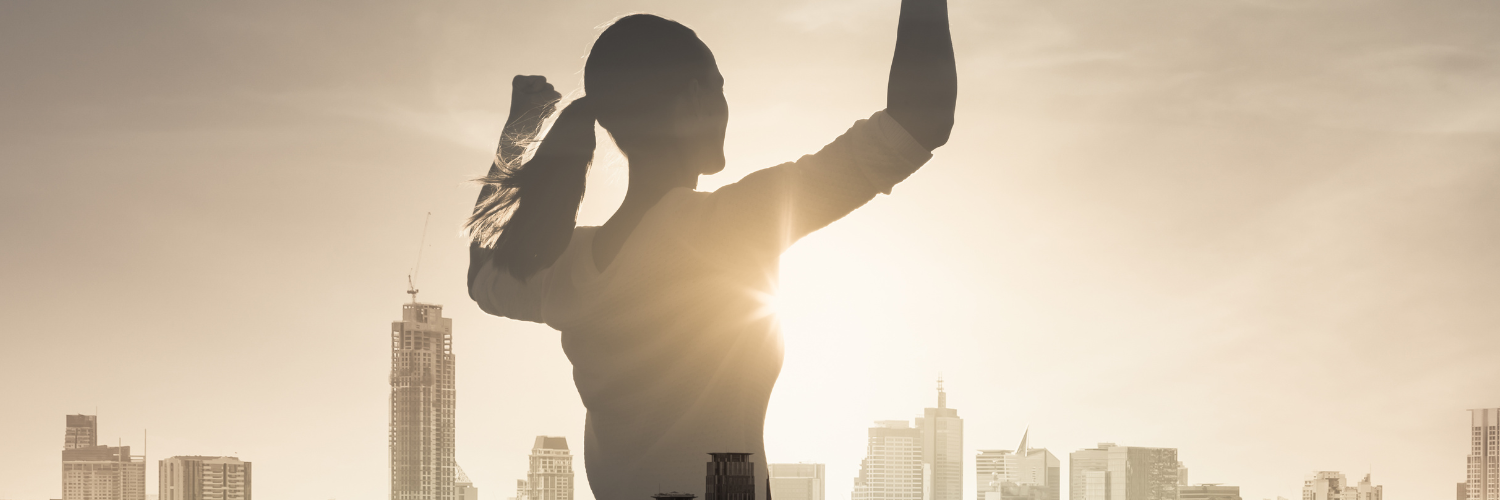In recent decades, we've witnessed an inspiring trend in storytelling across books, television, and movies: the rise of strong female protagonists. These characters captivate us, but what exactly makes them resonate so profoundly with audiences?
For me, it's hope that as a woman, I can make a difference like the character in the book I'm reading or the show I'm watching. But is there more to it than that?
Defining the Strong Female Protagonist
What does it mean to be a strong female protagonist? It's more than just physical strength; it encompasses emotional resilience, intelligence, and leadership. These characters reflect a shift from traditional, often one-dimensional portrayals to more complex and realistic depictions.
Whether she is standing up for someone else or asserting her own rights, a strong female protagonist embodies the spirit of determination and empowerment, inspiring those around her and setting a powerful example for all.
Historical Context and Evolution
Historically, female characters often played secondary roles, but now they are increasingly central figures. This evolution mirrors changing societal attitudes, showing a growing appreciation for diverse and multi-faceted female roles.
As movements for women's rights and representation gained momentum, there was a parallel evolution in the narrative landscape. This change is not just about increased visibility but also about the depth and complexity of female characters. Women are now portrayed in a wider range of roles, breaking free from traditional stereotypes and embodying diverse personas, from leaders and innovators to complex anti-heroes.
This shift towards more central female characters in stories is a response to the audience's desire for realism and representation, reflecting the changing demographics of media consumers and a societal push towards inclusivity and diversity. As a result, stories with women at their core are not just fulfilling a demand for equality but are enriching the storytelling canvas with a multitude of perspectives, making narratives more relatable, diverse, and authentic.
Examples of Strong Female Protagonists from Literature
Hermione Granger from the Harry Potter series is a brilliant example of intelligence and bravery. Her character shows strength not just in magical battles but in her unwavering loyalty and moral compass.
Cass Leary (one of my personal favorites) from Robin James's legal thriller series offers a gripping portrayal of a female lawyer navigating the high-stakes world of criminal defense, showcasing both professional brilliance and personal resilience in a world where things aren't always black or white.
Strong Female Protagonists in TV Shows
Buffy Summers from Buffy the Vampire Slayer epitomizes a blend of physical strength and emotional depth. Her battles against supernatural forces parallel her personal struggles, making her a relatable and beloved character.
Olivia Benson from Law & Order: SVU (another personal fave) stands out for her leadership and empathy, often going beyond the call of duty to ensure justice while showcasing deep human understanding.
Strong Female Protagonists from Movies
Erin Brockovich and Wonder Woman, though from vastly different worlds, both exemplify the power of determination and justice. Erin, a real-life figure, uses her tenacity and sense of fairness to challenge corporate wrongdoing, while Wonder Woman, a symbol of mythic strength and moral clarity, fights for truth and equality, proving that whether in a realistic setting or a fantastical one, the essence of a strong female protagonist lies in her unwavering commitment to fight for what is right.
The Importance of Representation
These protagonists impact various demographics, especially inspiring young girls and women. By challenging stereotypes and promoting diversity, they're reshaping societal norms and expectations, showing what's possible.
Representation of strong female protagonists in stories also functions as a window for others, providing insight into different experiences and perspectives, fostering empathy and understanding across diverse groups. When stories include a wide range of female experiences and voices, they contribute to a more inclusive and equitable culture, where multiple narratives are valued and the full spectrum of human potential is recognized and celebrated.
This shift towards inclusive representation in storytelling is not just a moral imperative but also enriches our culture, making the world of stories more vibrant, diverse, and true to life.
Critique and Counterpoint
However, these portrayals are not without criticism. Something to think about: Are these characters always a positive influence, or do they sometimes inadvertently reinforce stereotypes? It's crucial to find a balance between idealizing these characters and presenting them with relatable flaws.
And, of course, there are many more diverse groups of people who need to be represented in stories.
Future Directions
Emerging trends suggest a continued evolution in the portrayal of female protagonists. The emphasis on diversity in background, personality, and story arcs is more important than ever. Strong female protagonists are more than just characters in a story; they are catalysts for change in societal attitudes. They encourage us to support and celebrate diverse and complex characters in all forms of media.
I invite you to explore the rich world of literature, TV shows, and movies featuring strong female leads. Share your favorite examples and discuss what makes these characters stand out for you.



Comments ()